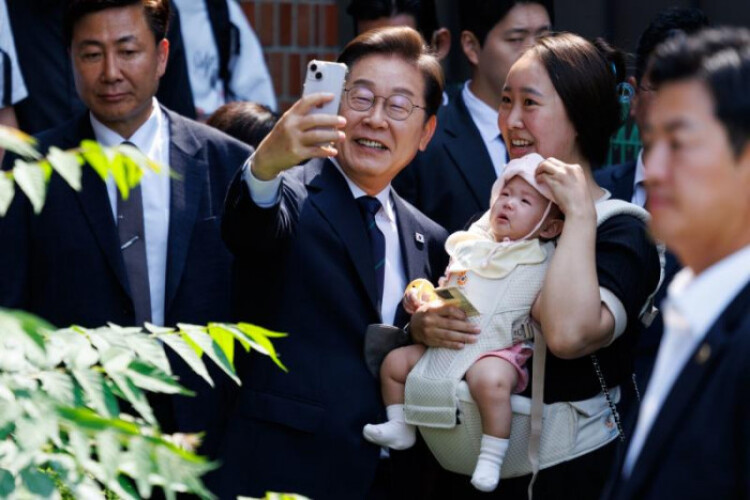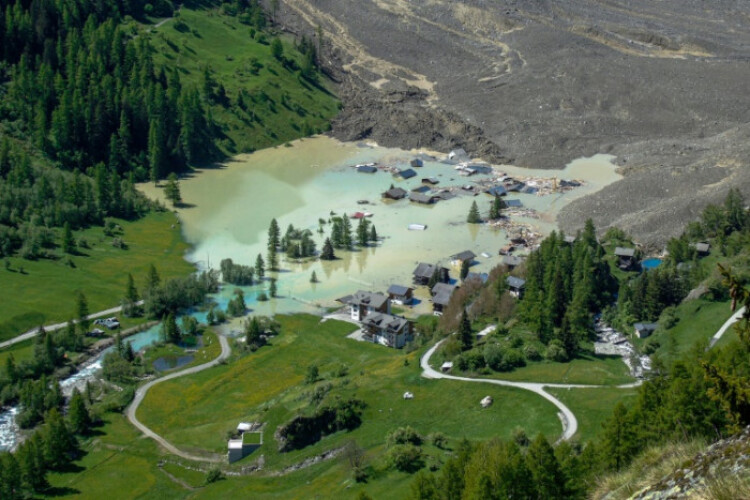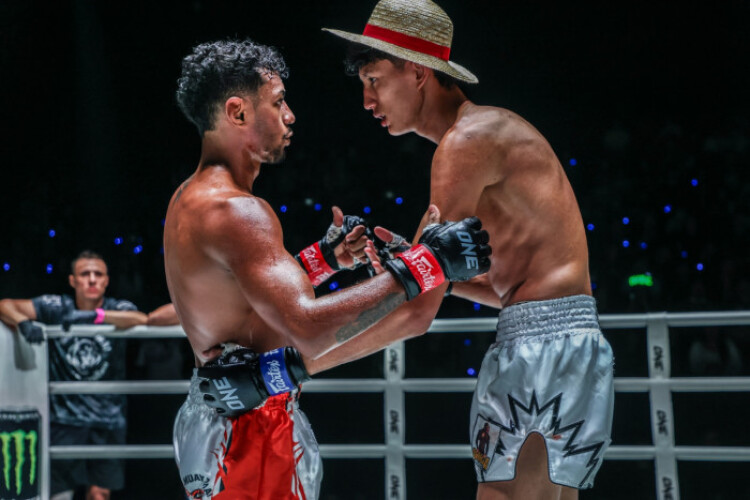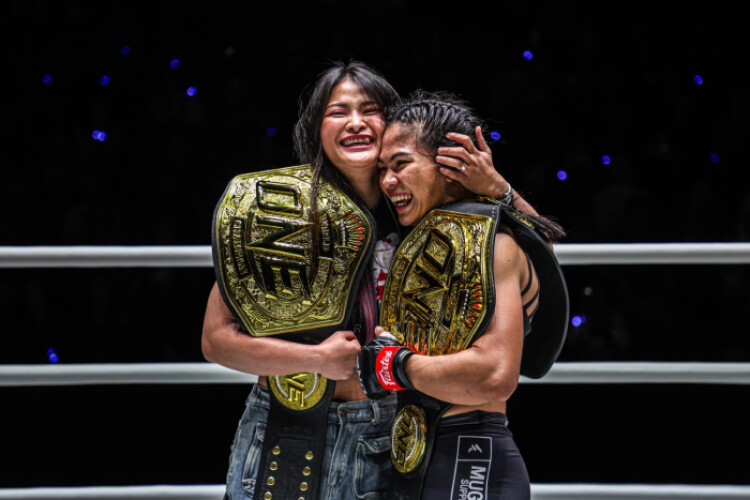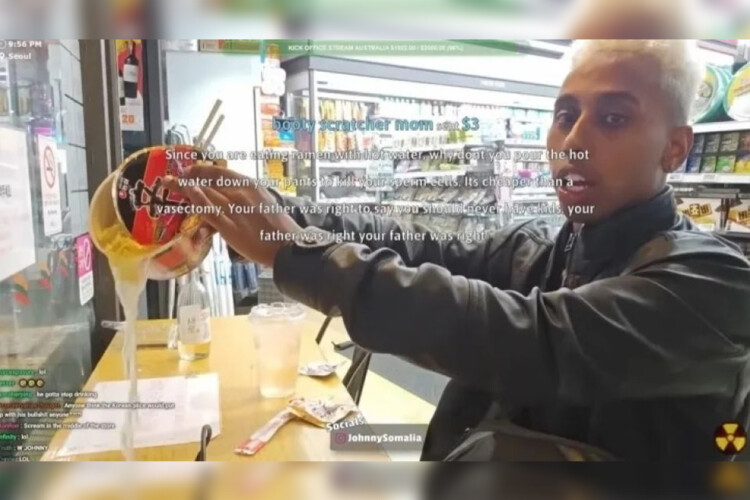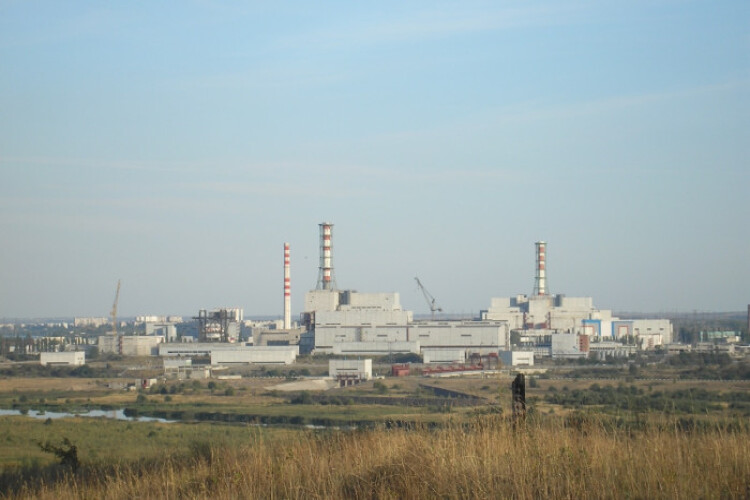
The United Nations’ nuclear watchdog says it is enormously concerned by fighting near a Russian nuclear power plant because the old Soviet reactors in operation are particularly exposed.
The Kursk Nuclear Power Plant has been thrust onto the front line of the war between Russia and Ukraine after an incursion by Kyiv’s forces placed them within artillery range, according to Rafael Mariano Grosi, director-general of the International Atomic Energy Agency (IAEA).
Making matters worse, the two units in operation use the same so-called RBMK technology that melted down during the notorious 1986 accident in Chernobyl in Ukraine. Unlike modern nuclear reactors, the two units operating near the fighting don’t have extra layers of protection to contain radiation in the event of an accident.
“They don’t have a protective dome around them, just the normal roof, which means that the reactor’s core is pretty exposed,” Grossi said in an interview with Bloomberg TV.
“And when you add up the fact that you have advancing troops, objectively speaking within artillery range, then of course this is a source of enormous concern to me and the agency.”
The Chernobyl meltdown left a 2,600-square-kilometre exclusion zone in Ukraine, where long-lived radioactive material will take thousands of years to decay. Unlike the 2011 meltdowns in Fukushima, Japan, where secondary containment largely kept radiation from spreading into the atmosphere, the Chernobyl disaster wafted plumes of radiation over a wide swathe of Europe.
Grossi plans to visit the Kursk plant in the next few days, then follow up with a trip to Kyiv, where he expects to speak to Ukrainian President Volodymyr Zelenskiy.
Deteriorating nuclear safety at the Kursk plant underscores the new pressure bearing on Russian President Vladimir Putin since Ukraine’s surprise incursion began earlier this month. Putin started the war when he ordered the February 2022 invasion of Ukraine that was meant to end within days and is now in its third year.
The Kremlin’s IAEA envoy told diplomats on Aug 8 that fragments of intercepted rockets had landed on the Kursk nuclear site, where Russian engineers are also building two additional modern reactors.
Military threats endanger “not only the particular Russian facility” but “also the whole global nuclear industry”, warned Russia, which remains the world’s biggest exporter of nuclear fuel and technology.
For its part, Ukraine’s government has accused Russia of plotting a radiological emergency.
Despite the IAEA having an on-the-ground presence at the Russian-occupied Zaporizhzhia nuclear power plant in Ukraine, Grossi said his inspectors haven’t found conclusive evidence pointing to who’s behind drone attacks targeting Europe’s biggest atomic station.
“If we had indisputable irrefutable evidence pointing to a source we would say it,” Grossi said. “Whoever is behind this must stop: a nuclear power plant should never be a military target.”
The Kursk Nuclear Power Plant has been thrust onto the front line of the war between Russia and Ukraine after an incursion by Kyiv’s forces placed them within artillery range, according to Rafael Mariano Grosi, director-general of the International Atomic Energy Agency (IAEA).
Making matters worse, the two units in operation use the same so-called RBMK technology that melted down during the notorious 1986 accident in Chernobyl in Ukraine. Unlike modern nuclear reactors, the two units operating near the fighting don’t have extra layers of protection to contain radiation in the event of an accident.
“They don’t have a protective dome around them, just the normal roof, which means that the reactor’s core is pretty exposed,” Grossi said in an interview with Bloomberg TV.
“And when you add up the fact that you have advancing troops, objectively speaking within artillery range, then of course this is a source of enormous concern to me and the agency.”
The Chernobyl meltdown left a 2,600-square-kilometre exclusion zone in Ukraine, where long-lived radioactive material will take thousands of years to decay. Unlike the 2011 meltdowns in Fukushima, Japan, where secondary containment largely kept radiation from spreading into the atmosphere, the Chernobyl disaster wafted plumes of radiation over a wide swathe of Europe.
Grossi plans to visit the Kursk plant in the next few days, then follow up with a trip to Kyiv, where he expects to speak to Ukrainian President Volodymyr Zelenskiy.
Deteriorating nuclear safety at the Kursk plant underscores the new pressure bearing on Russian President Vladimir Putin since Ukraine’s surprise incursion began earlier this month. Putin started the war when he ordered the February 2022 invasion of Ukraine that was meant to end within days and is now in its third year.
The Kremlin’s IAEA envoy told diplomats on Aug 8 that fragments of intercepted rockets had landed on the Kursk nuclear site, where Russian engineers are also building two additional modern reactors.
Military threats endanger “not only the particular Russian facility” but “also the whole global nuclear industry”, warned Russia, which remains the world’s biggest exporter of nuclear fuel and technology.
For its part, Ukraine’s government has accused Russia of plotting a radiological emergency.
Despite the IAEA having an on-the-ground presence at the Russian-occupied Zaporizhzhia nuclear power plant in Ukraine, Grossi said his inspectors haven’t found conclusive evidence pointing to who’s behind drone attacks targeting Europe’s biggest atomic station.
“If we had indisputable irrefutable evidence pointing to a source we would say it,” Grossi said. “Whoever is behind this must stop: a nuclear power plant should never be a military target.”



